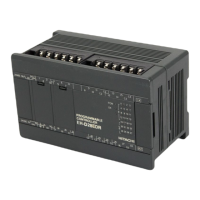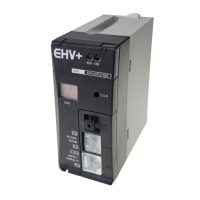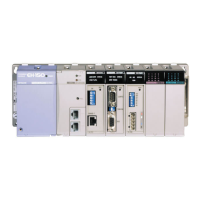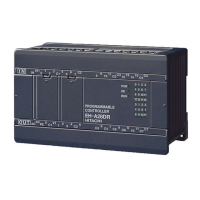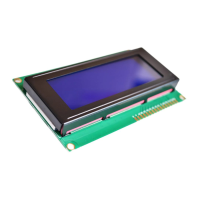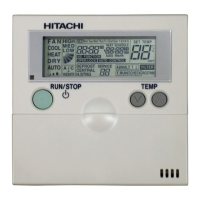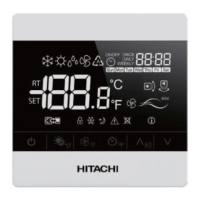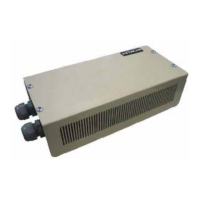Chapter 4 Installation
4 - 4
4.3 Connection of communication port
4.3.1 Connection of RS-232C interface
The communication interface is selectable for both port 1 and port 2. Select RS-232C with the communication
setting switch. (In case of port 1, the hardware before Rev. 10 supports RS-232C only.)
Table 4.4 RS-232C interface
Diagram of Internal circuit
Communication enabled signal
Peripheral units connected
signal
Transmission request signal
Signal name and Connector pin arrangement
Table 4.5 Signal name (EH-SIO side) and connector pin arrangement (RS-232C Port)
A career is detected while it is connectable with the
external device.
EH-SIO does not receive data when it is Low.
It means that external device can be received.
EH-SIO does not transmit data when it is Low.
It means that data (or command) is receivable.
Control by the user program is possible.
Data from external device.
It means that external device can operate.
It becomes “port connection error” at the time of Low.
This signal is turned on to transmit data.
Control by the user program is possible.
*1 When EH-SIO operates in free protocol mode, RS and ER can be controlled by the control register. (A setup always turned
on is also possible.) Please refer to "5.2.3 Detail of output register".
*2 When EH-SIO operates in Modbus mode, control signals are not used. (It communicates without watching these signals.)
In addition, in the case of Hi-Protocol mode, control signals CS, CD are not used too.
When using in Hi-Protocol mode
There is a signal line by which the input / output directions differ in the communication port of CPU module and
EH-SIO. (Pin No.3)
Even if you are a cable with the actual result which communicated with CPU module, please be sure to check
the signal line of a cable.
(In Hi-Protocol mode, since “CS” signal is not used, the connection with external device is unnecessary.)
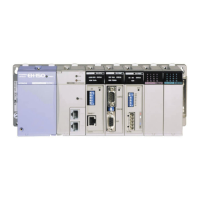
